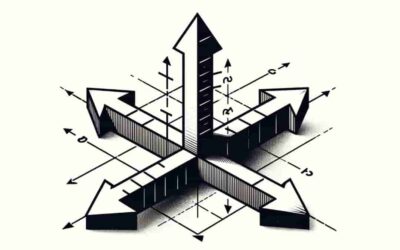Scientific notation is a way to express very large or very small numbers in a compact form. It’s especially useful in fields like science, engineering, and mathematics where such numbers frequently occur. The notation is based on powers of 10. Here’s the general form:
\( a \times 10^b \)
- a is known as the coefficient or significand. It is a number greater than or equal to 1 but less than 10.
- b is the exponent, which is an integer. It tells us how many times to multiply the coefficient by 10.
If b is positive, the number is greater than 1. If b is negative, the number is a fraction, less than 1.
Examples
Large Number: The distance from the Earth to the Sun is approximately 149,600,000 kilometers. In scientific notation, this is written as \( 1.496 \times 10^8 \).
Small Number: The mass of a hydrogen atom is approximately 0.00000000000000000000000167 kilograms. In scientific notation, this is \( 1.67 \times 10^{-27} \) kg.
Why do we need Scientific Notations?
- Clarity: It makes it easier to read and write very large or very small numbers.
- Convenience: It simplifies mathematical operations like multiplication and division. For example,
- \( 2 \times 10^4 \times 3 \times 10^3 = 6 \times 10 ^7 \).
- Standardization: Scientific notation provides a universally accepted way of representing numbers, which is particularly useful in scientific research and communication.
Converting to and from Scientific Notation
- To Convert to Scientific Notation: Move the decimal point in your number until you have a coefficient between 1 and 10. Count the number of places you moved the decimal point; this will be your exponent. If you moved it to the left, the exponent is positive; to the right, negative.
- From Scientific Notation: Use the exponent to determine how many places to move the decimal point in the coefficient. If the exponent is positive, move the decimal to the right; if negative, to the left.
Scientific notation simplifies the handling of very big or small numbers, making calculations and comparisons easier to manage.






0 Comments